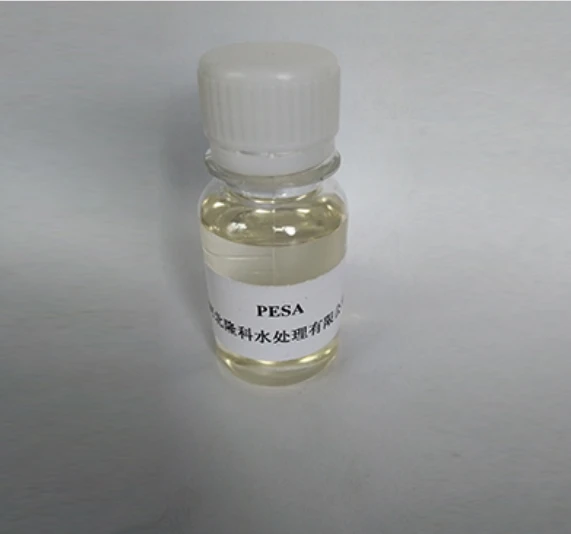Properties and Applications of Non-Ionic Polyacrylamide in Industrial Processes
Non-Ionic Polyacrylamide An Overview
Non-ionic polyacrylamide (NAPAM) is a versatile polymer utilized across various industries due to its unique properties and functionality. As an essential member of the polyacrylamide family, NAPAM is characterized by its non-ionic nature, which allows it to interact favorably in a range of chemical environments. This article delves into the characteristics, applications, synthesis, and significance of non-ionic polyacrylamide, providing a comprehensive overview for those interested in this remarkable compound.
Characteristics of Non-Ionic Polyacrylamide
NAPAM is primarily a water-soluble polymer with a high molecular weight, which contributes to its effectiveness in different applications. Being non-ionic, it does not carry any charge, allowing it to behave neutrally in various environments. This property minimizes the risk of precipitation or unwanted interactions with other charged particles in solution, making it an ideal choice for applications where ionic interference could be an issue.
The polymer exhibits excellent viscosity-enhancing properties, making it particularly useful in applications that require thickening agents. Furthermore, its gel-forming ability provides stability and improves the performance of products where a continuous phase is essential, such as in cosmetics and personal care formulations.
Synthesis of Non-Ionic Polyacrylamide
The synthesis of non-ionic polyacrylamide typically involves the polymerization of acrylamide monomers. This process can be carried out through various methods, including free radical polymerization, which is the most commonly used technique. By controlling the reaction conditions, such as temperature, concentration, and the choice of initiator, manufacturers can tailor the molecular weight and properties of the final product.
In addition to the polymerization of acrylamide, modifications can be made by introducing other functional groups to enhance specific properties. These modifications can improve solubility, thermal stability, and mechanical strength, allowing NAPAM to meet the diverse needs of various industries.
non ionic polyacrylamide

Applications of Non-Ionic Polyacrylamide
Non-ionic polyacrylamide has a wide array of applications across different sectors. One of its primary uses is in the field of water treatment, where it acts as a flocculant. By improving the coagulation process, NAPAM facilitates the removal of suspended particles, leading to clearer water. This application is vital for municipal water treatment facilities and industrial waste management.
Another prominent application is in agriculture, where non-ionic polyacrylamide is employed as a soil conditioner. It helps retain soil moisture and reduces erosion by enhancing the soil structure. This is particularly beneficial in arid regions, where water conservation is critical. Consequently, the use of NAPAM in agriculture contributes to sustainable practices and improved crop yields.
In the cosmetics and personal care industry, non-ionic polyacrylamide serves as a thickening agent and stabilizer. It is commonly found in lotions, creams, and gels, where it enhances texture and ensures product stability. Moreover, its gentle nature makes it suitable for sensitive skin formulations.
Conclusion
Non-ionic polyacrylamide is a multifunctional polymer with significant implications for various industries, ranging from water treatment and agriculture to cosmetics and personal care products. Its unique non-ionic characteristics and ability to enhance viscosity make it a preferred choice for many applications. As technological advancements continue and the demand for sustainable and effective solutions grows, the future of non-ionic polyacrylamide appears promising. Continued research and development will likely unveil new applications and improvements, ensuring its relevance in an ever-evolving marketplace.
In summary, non-ionic polyacrylamide exemplifies how a single compound can make a considerable impact across multiple fields, addressing both practical needs and sustainable goals in today’s world.
-
Water Treatment with Flocculant Water TreatmentNewsJun.12,2025
-
Polymaleic AnhydrideNewsJun.12,2025
-
Polyaspartic AcidNewsJun.12,2025
-
Enhance Industrial Processes with IsothiazolinonesNewsJun.12,2025
-
Enhance Industrial Processes with PBTCA SolutionsNewsJun.12,2025
-
Dodecyldimethylbenzylammonium Chloride SolutionsNewsJun.12,2025





